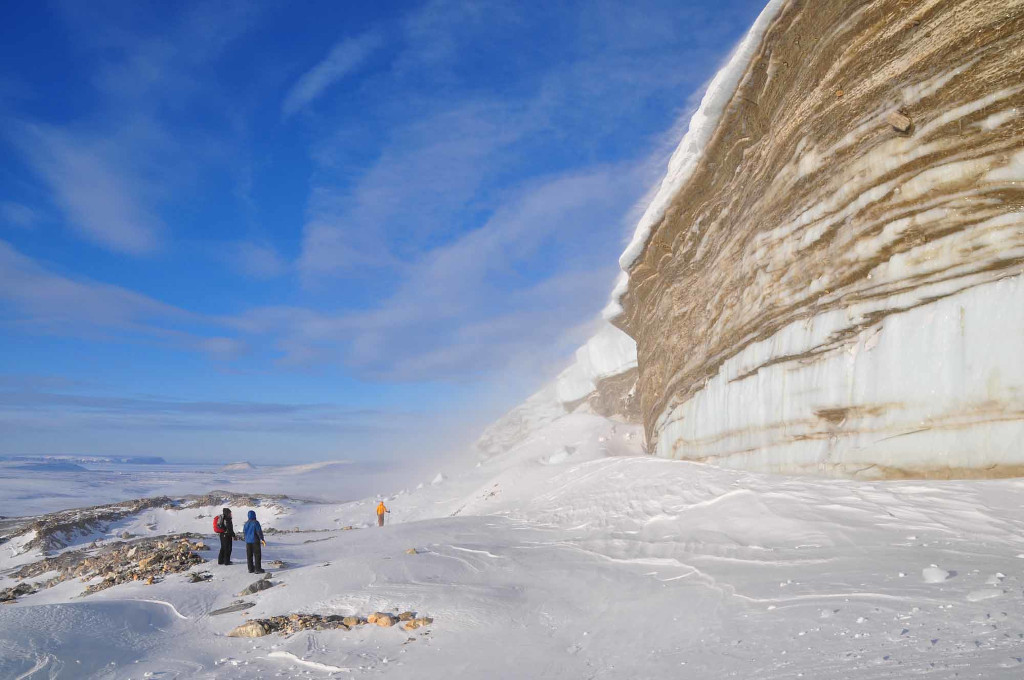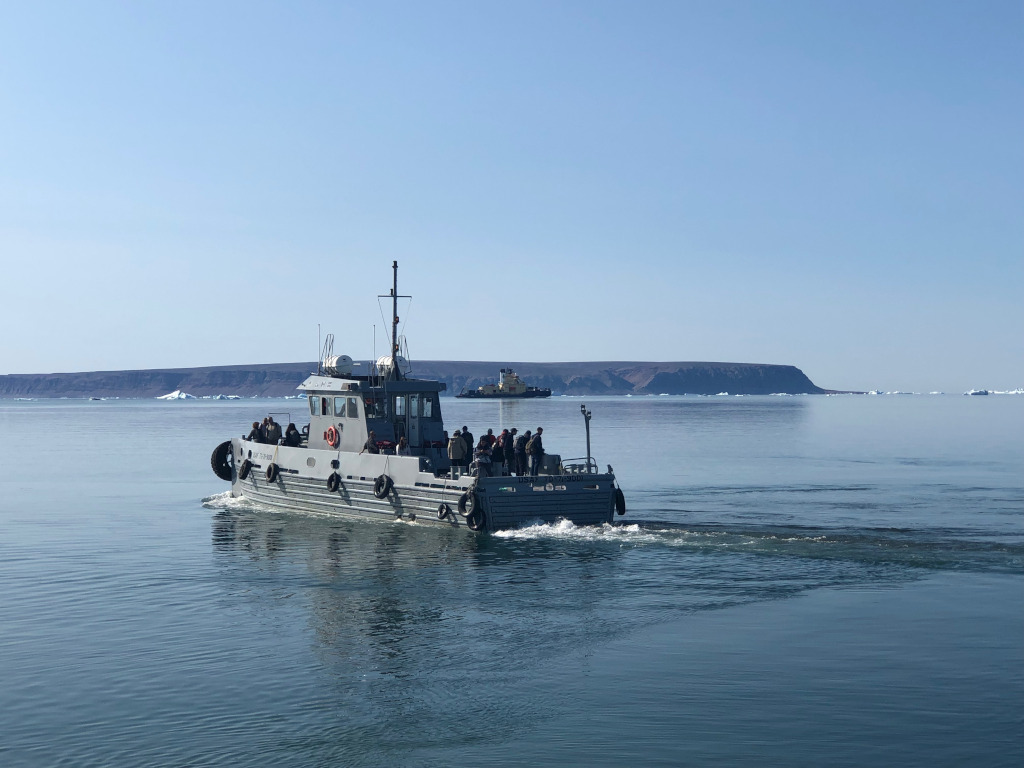For more information on working in Pituffik, reference the Pituffik Guide. Additional information including current air transportation schedules can be received from your PM or the Greenland Operations Manager.
Pituffik Space Base (formerly Thule Air Base) (PSB) is the United States Air Force's (USAF) northernmost base and also has the northernmost deep-water port, making it a strategic place for military presence. Pituffik is home to the 21st Space Wing's global network of sensors providing missile warning, space surveillance and space control to North American Aerospace Defense Command (NORAD). Pituffik Space Base is also home to the 821st Air Base Group and is responsible for air base support within the Thule Defense Area for the multinational population. The base hosts the 12th Space Warning Squadron (12 SWS) which operates a Ballistic Missile Early Warning System (BMEWS).
Pituffik Space Base has served as the regional hub for nearby installations, including Cape Atholl (LORAN station), Camp Century (Ice Cap Camp), Camp TUTO (Ice Cap Approach Ramp and Airstrip), Sites 1 and 2 (Ice Cap Radar Stations), P-Mountain (radar and communications site), J-Site (BMEWS), North and South Mountains (research sites), and a research rocket firing site. It also was essential in the construction and resupply of High Arctic weather stations, including CFS Alert and Station Nord. Its placement also happens to be in an excellent location for research proposed in northern Greenland. The NSF utilizes a support agreement with the USAF and Battelle-ARO contracts with the base contractor to be able to use Pituffik as a hub for funded research in northern Greenland.
The NSF lease space from the USAF in Pituffik that includes berthing and office space (Bldg. 345), cold warehouse and yard space (Bldg. 2403), a lab facility (Hangar 4), heated warehouse space (portion of Bldg. 628), and the Thule High Arctic Atmospheric Observatory (THAOO in Bldg. 1971).
The Battelle-ARO team staffs Pituffik on a as-needed basis, determined by the level of science, operational, and construction projects planned each season. However, we leverage the expertise of off-site staff to successfully coordinate science support, logistics, and safety protocols by remote communications with our science project managers. Through this model Battelle ARO provides year-round support that includes access to lodging, lab space, truck allocations, air support charters, field equipment allocation, frozen sample storage, and more. Groups overnighting away from Pituffik check in with the Kangerlussuaq office for any remote field expedition. All site orientations and safety trainings are conducted through remote communications or by military and/or PSB contract staff on site.
Personnel may travel to Pituffik by three different means; Air Mobility Command (AMC), Air National Guard Flight, or Embassy-sponsored commercial flights. AMC flights go to Pituffik year around from Baltimore-Washington International Airport and/or McGuire AFB; going north to Pituffik on Thursdays, and south from Pituffik on Fridays. Typically 2-6 Air National Guard flights are scheduled to Pituffik annually based upon science and operational requirements originating in either Kangerlussuaq and/or New York state. There are also a handful of Embassy missions a month completed by Air Greenland originating in either Kangerlussuaq and/or Copenhagen. Regardless of travel mode, because Pituffik is an active US. Air Force base, permission to work in Pituffik requires travel clearances through the USAF and the Danish Ministry of Foreign Affairs. Battelle ARO staff will facilitate this process for all personnel funded to work out of Pituffik.

Photo by: Pat Smith

Photo by: Jessy Jenkins



